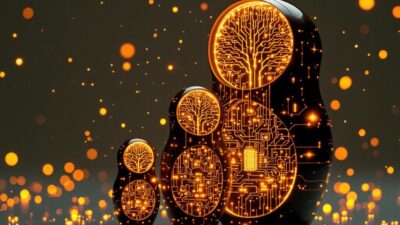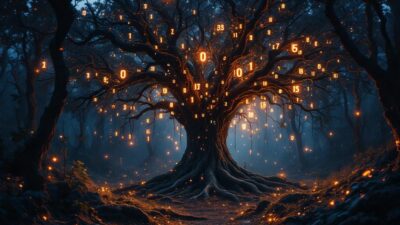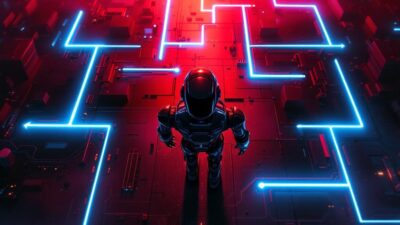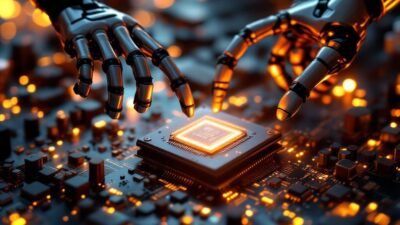The Side Effect Club: Google’s Nested Learning Breakthrough Ends AI Memory Loss “`html
Nestled into the Future: How Google’s Nested Learning is Revolutionizing Machine Learning
Estimated reading time: 5 minutes
- Nested Learning offers a new approach to continual learning.
- It alleviates the issue of catastrophic forgetting in ML models.
- Google’s methodology provides a reliable alternative to existing solutions.
- This innovation could solidify Google’s position in AI supremacy.
- Future implications on Machine Learning evolution remain to be seen.
Table of contents:
A Peek Into the Nested Universe
Unpacking Nested Learning
The Nested Learning Advantage
The Google Effect
FAQ
A Peek Into the Nested Universe
Google, our trusted AI wizard, has unveiled Nested Learning—a spanking new approach within the machine learning landscape. But what’s the hullabaloo about? Well, Nested Learning treats ML models as a collection of smaller, nested optimization problems. It’s like dealing with Russian dolls; each little doll (or in this case, problem) has another smaller one snugly fitting inside it. This innovative shift in paradigm aims at achieving continual learning, thus ensuring that our dear Machine Learning models don’t suffer from amnesia, or as the pros call it, “catastrophic forgetting.”
Unpacking Nested Learning
But what does catastrophic forgetting mean, you ask? In simplest terms, it’s the inability of a model to retain old information while processing new data—a hindrance to continual learning indeed. This is where Nested Learning comes to the rescue. Much like Chandler Bing in “Friends” diffuses an awkward situation with a sarcastic one-liner, Nested Learning expels the panic of forgetting old data while taking on new data points. While some lesser trodden paths like n8n or Pinecone could offer ephemeral tools for this problem, Google’s approach seems reliable and promising.
The Nested Learning Advantage
Nested Learning takes a stand-out approach to this predicament, edging out techniques that provide surface-level fixes or require too many computational resources (am I pointing fingers at LangChain here? Maybe). By turning the learning procedure into manageable chunks—each with its own optimization problem—it ensures the models are always primed for new learning without losing old data. Think of it as always having a fresh cup of coffee (the new learning) without forgetting how to brew it in the first place (the old learning).
The Google Effect
Unveiling such an advanced approach to learning, Google continues to sail smoothly in the turbulent waters of AI and automation. If executed well, Nested Learning might just be the ace up Google’s sleeve in its quest for AI supremacy, leaving competitors chasing their tails. If my sarcasm was a car, I’d park it right here for a while to admit: Google’s lead is pretty much unassailable at this point.
As we stand on the precipice of this transformative shift in the AI landscape, one must ask: What impact will Nested Learning have on the evolution of Machine Learning? Will it truly overcome the obstacle of catastrophic forgetting?
Only time—or perhaps another Google innovation—will tell.
FAQ
- What is Nested Learning?
Nested Learning is a new approach in machine learning that treats models as collections of nested optimization problems, aimed at facilitating continual learning. - What is catastrophic forgetting?
It refers to the phenomenon where ML models forget old information as they learn new data. - How does Google’s Nested Learning address this problem?
Google’s Nested Learning prevents catastrophic forgetting by managing learning in smaller, interrelated chunks, effectively retaining old knowledge. - What are some alternatives to Nested Learning?
Other platforms like n8n and Pinecone offer some solutions, but Google’s method appears more robust. - What future impact could Nested Learning have?
If successful, it can redefine machine learning evolution and may solidify Google’s dominance in AI.
References:




































































































































































































































































































































































